- Have any questions?
- +86-189 8930 5995
- sales@mosinterchem.com.cn
Paraquat dimethylsulfate CAS 2074-50-2

Picloram CAS 1918-02-1
11/12/2018
Diquat dibromide monohydrate CAS 6385-62-2
11/12/2018| Model: | MOS2074-50-2 |
| Type: | Powder |
| Brand Name: | MOSINTER |
| CAS No.: | 2074-50-2 |
| Name: | Paraquat-dimethylsulfate |
| Molecular Formula: | C14H20N2O8S2 |
| Density: | 1.24~1.26g/cm3(20℃) |
| Molecular Weight: | 408.4472 |
| Vapour Pressur: | 0.1mPa(25℃) |
Paraquat dimethylsulfate (CAS: 2074-50-2) is a herbicide
Paraquat dimethylsulfate Attribute
| Molecular Formula | C14H20N2O8S2 |
| Molecular Weight | 408.4472 |
| Vapour Pressur | 0.1mPa |
| Density | 1.24~1.26(20℃) |
Paraquat dimethylsulfate Molecular Formula
Synonyms: 1,1-dimethyl-4,4-dipyridinium bis(methylsulfate); 1,1′-dimethyl-4,4′-bipyridinium bis(methyl sulfate)
It is widely used in rubber, bananas, sugarcane, orchard, farmland and other fields.
Herbicide use
The key characteristics that distinguish the non-selective contact herbicide paraquat from other active
ingredients used in plant protection products are:
It kills a wide range of annual grasses and broad-leaved weeds and the tops of established perennial weeds.
It is very fast-acting.
It is rain-fast within minutes of application.
It is partially inactivated upon contact with soil.
These properties led to paraquat being used in the development of no-till farming. Current research into no-till farming using mulching techniques as a substitute for herbicide application are producing good results
Reactivity and mode of action
Paraquat interferes with electron transfer, a process that is common to all life. It is an electron acceptor in redox
and radical reactions.
As an herbicide, paraquat acts by inhibiting photosynthesis. In light-exposed plants, it accepts electrons from photosystem I (more specifically Fd, which is presented with
electrons from PS I) and transfers them to molecular oxygen. In this manner, destructive reactive
oxygen species are produced. In forming these reactive oxygen species, the oxidized form of
paraquat is regenerated, and is again available to shunt electrons from photosystem I to start the cycle again.
Paraquat is often used in science to catalyze the formation of reactive oxygen species (ROS), more
specifically, the superoxide free radical. Paraquat will undergo redox cycling in vivo, being reduced
by an electron donor such as NADPH, before being oxidized
by an electron receptor such as dioxygen to produce superoxide, a major ROS.
Weed resistance management
Problems with herbicide resistant weeds may be addressed by applying herbicides with different modes
of action, along with cultural methods such as crop rotation, in integrated weed management (IWM)
systems. Paraquat, with its distinctive mode of action, is one of few chemical options that can be used
to prevent and mitigate problems with weeds that have become resistant to the very widely used
non-selective herbicide glyphosate.
Toxicity
Pure paraquat, when ingested, is highly toxic to mammals, including humans, potentially leading
to acute respiratory distress syndrome (ARDS). Although there are no specific antidotes, fuller’s
earth or activated charcoal is an effective treatment if taken in time. There have been some successful
cases of using cyclophosphamide (Endoxan) to treat paraquat poisoning. Death may occur up to 30 days
after ingestion. Diluted paraquat used for spraying is less toxic; thus, the greatest risk of accidental
poisoning is during mixing and loading paraquat for use.
In acute toxicity studies using laboratory animals, paraquat has been shown to be highly toxic by the
inhalation route and has been placed in Toxicity Category I (the highest of four levels) for acute inhalation
effects. However, the EPA has determined that particles used in agricultural practices (400 to 800 μm) are
well beyond the respirable range and therefore inhalation toxicity is not a toxicological endpoint of concern.
Paraquat is toxic (Category II) by the oral route and moderately toxic (Category III) by the dermal route.
Paraquat will cause moderate to severe eye irritation and minimal dermal irritation, and has been placed
in Toxicity Categories II and IV (slightly toxic) respectively for these effects.
Even a single swig, immediately spat out, can cause death from fibrous tissue developing in the lungs,
leading to asphyxiation.
According to the Centers for Disease Control, ingesting paraquat causes symptoms such as liver, lung,
heart, and kidney failure within several days to several weeks that can lead to death up to 30 days after
ingestion. Those who suffer large exposures are unlikely to survive. Chronic exposure can lead to lung
damage, kidney failure, heart failure, and oesophageal strictures. Accidental deaths and suicides from
paraquat ingestion are relatively common. For example, there have been 18 deaths in Australia from
paraquat poisoning since 2000. Long-term exposures to paraquat would most likely cause lung and eye
damage, but reproductive/fertility damage was not found by the United States Environmental
Protection Agency (EPA) in their review.
You must be logged in to post a review.

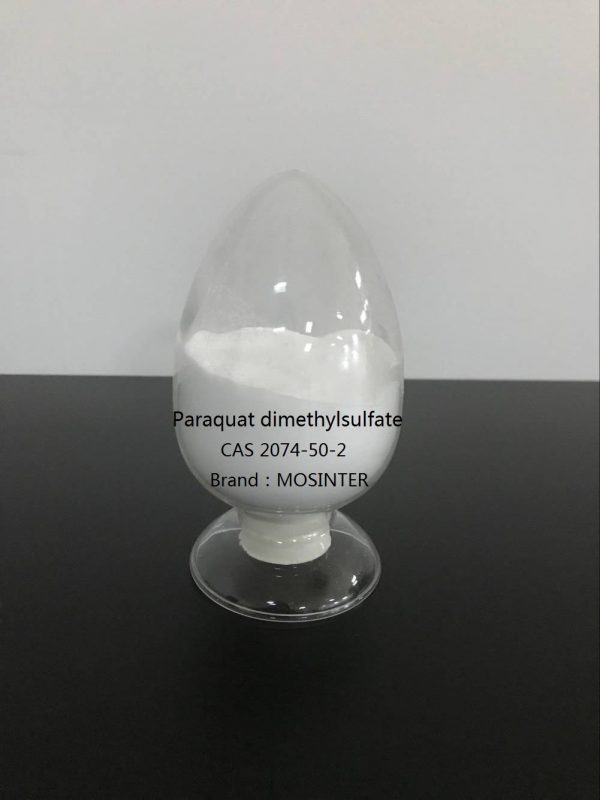
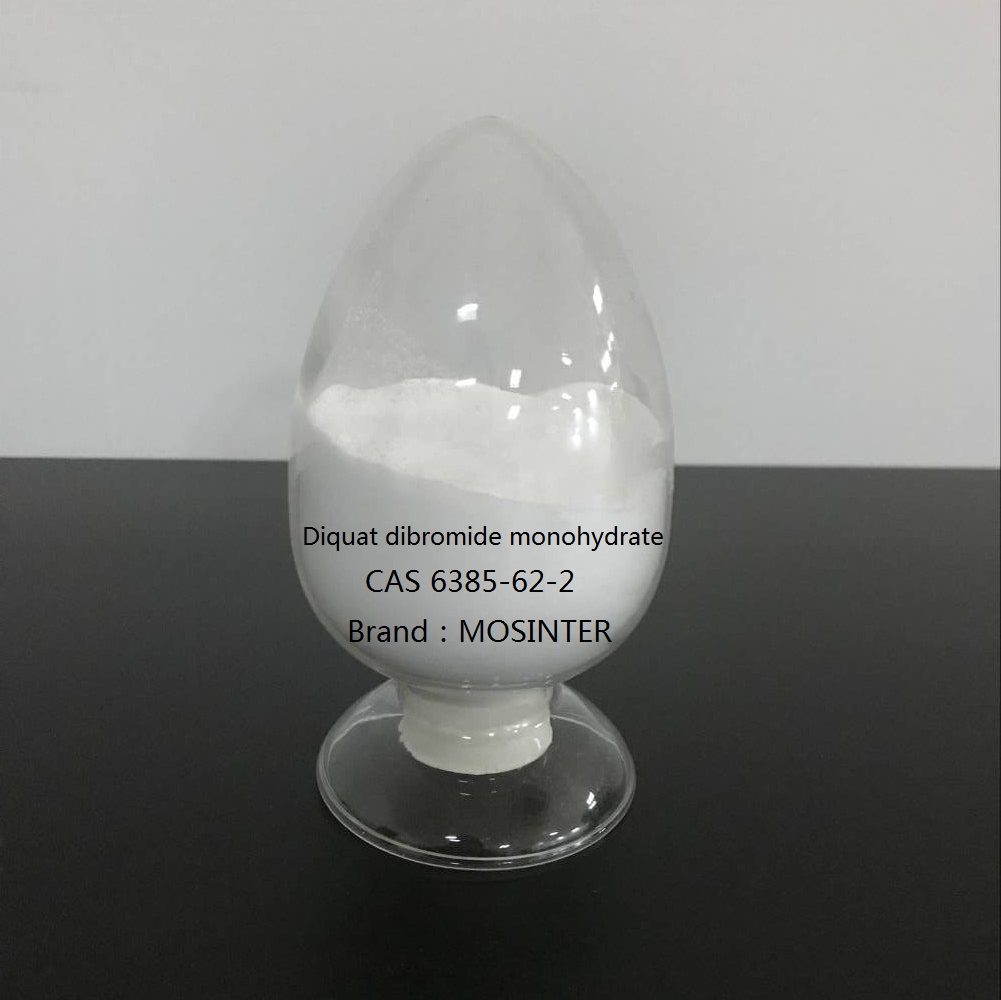
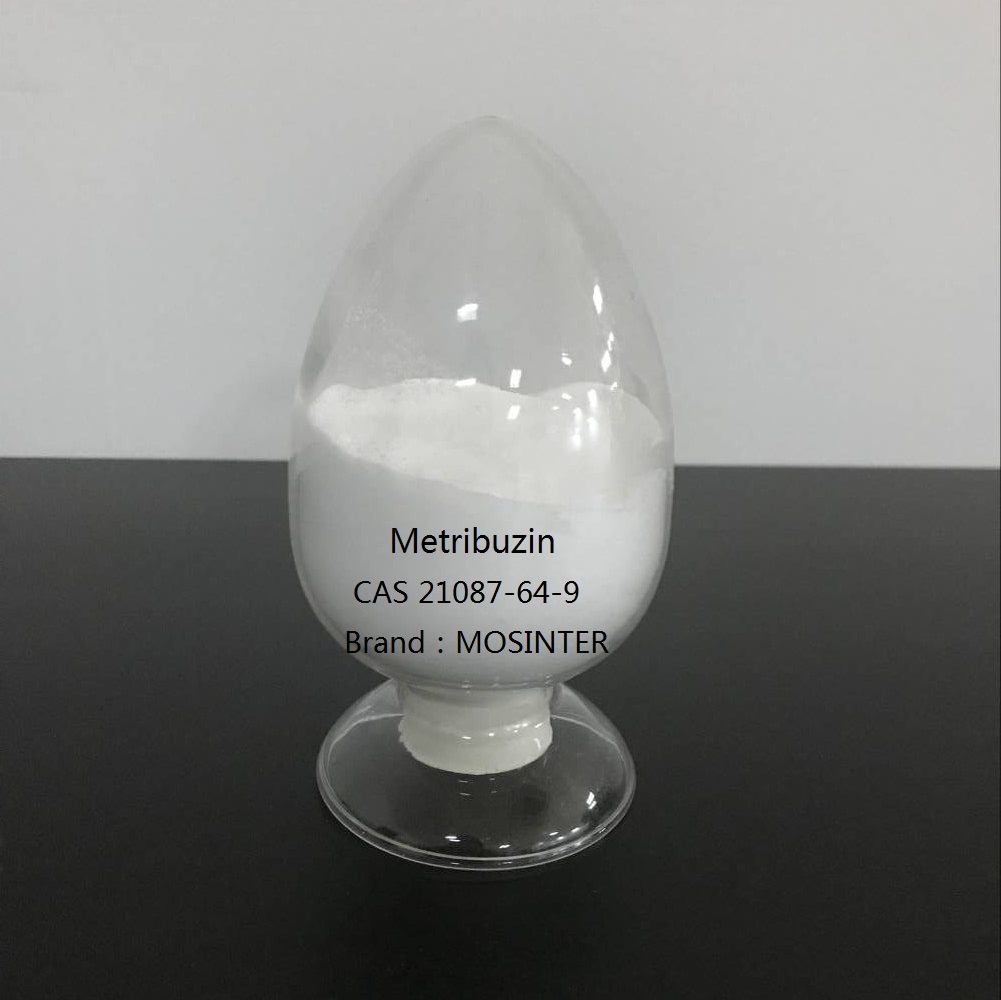
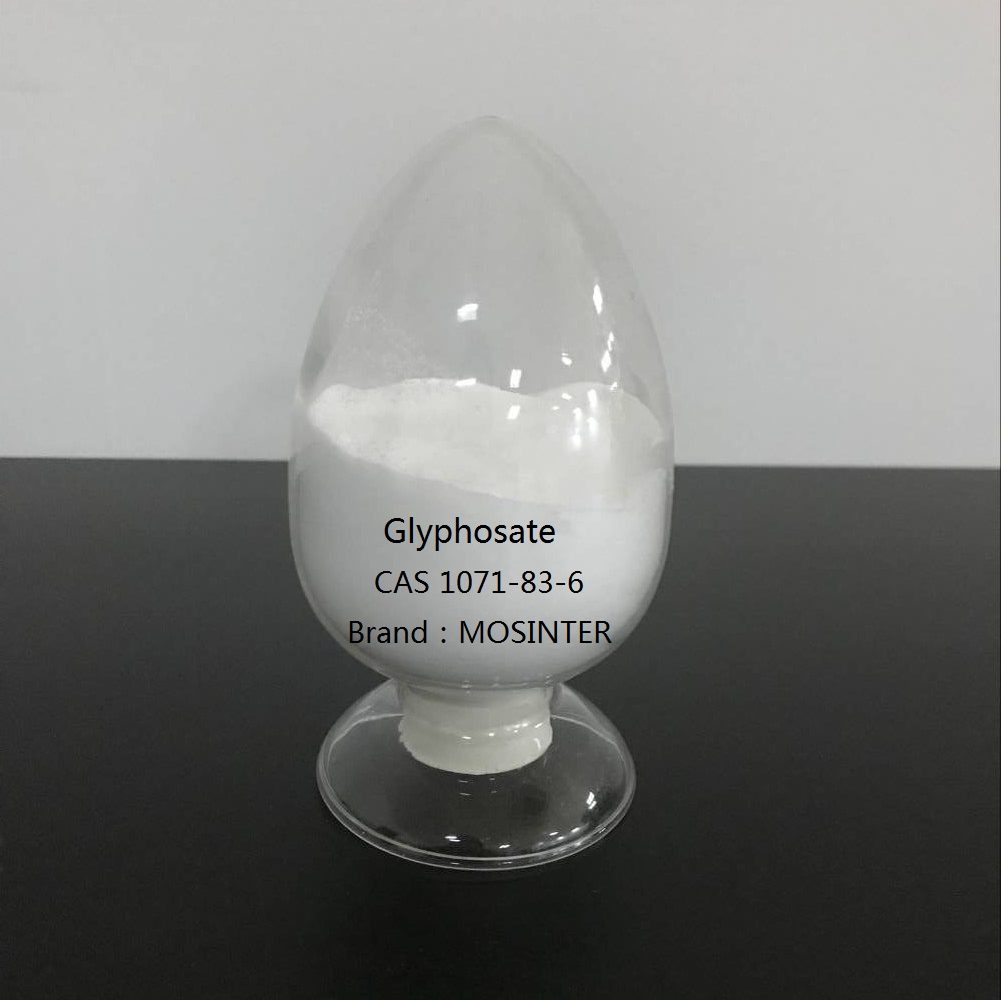
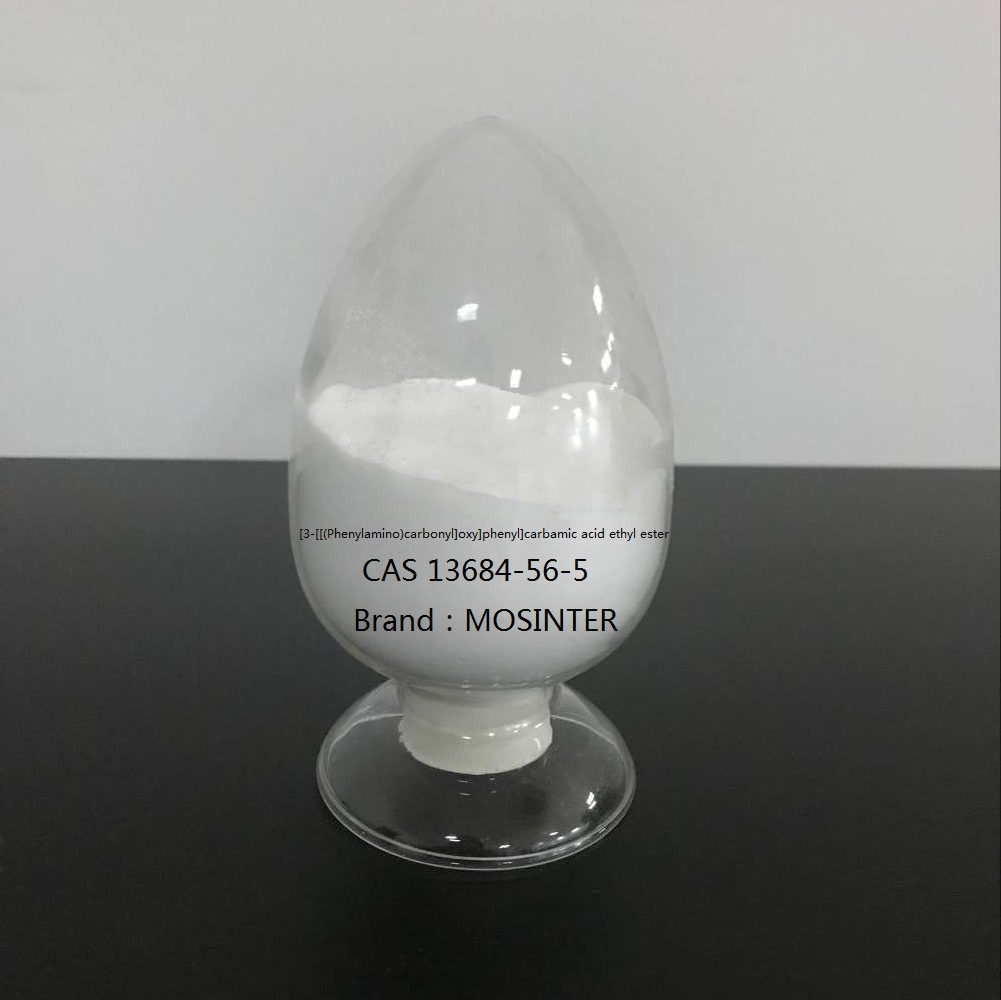
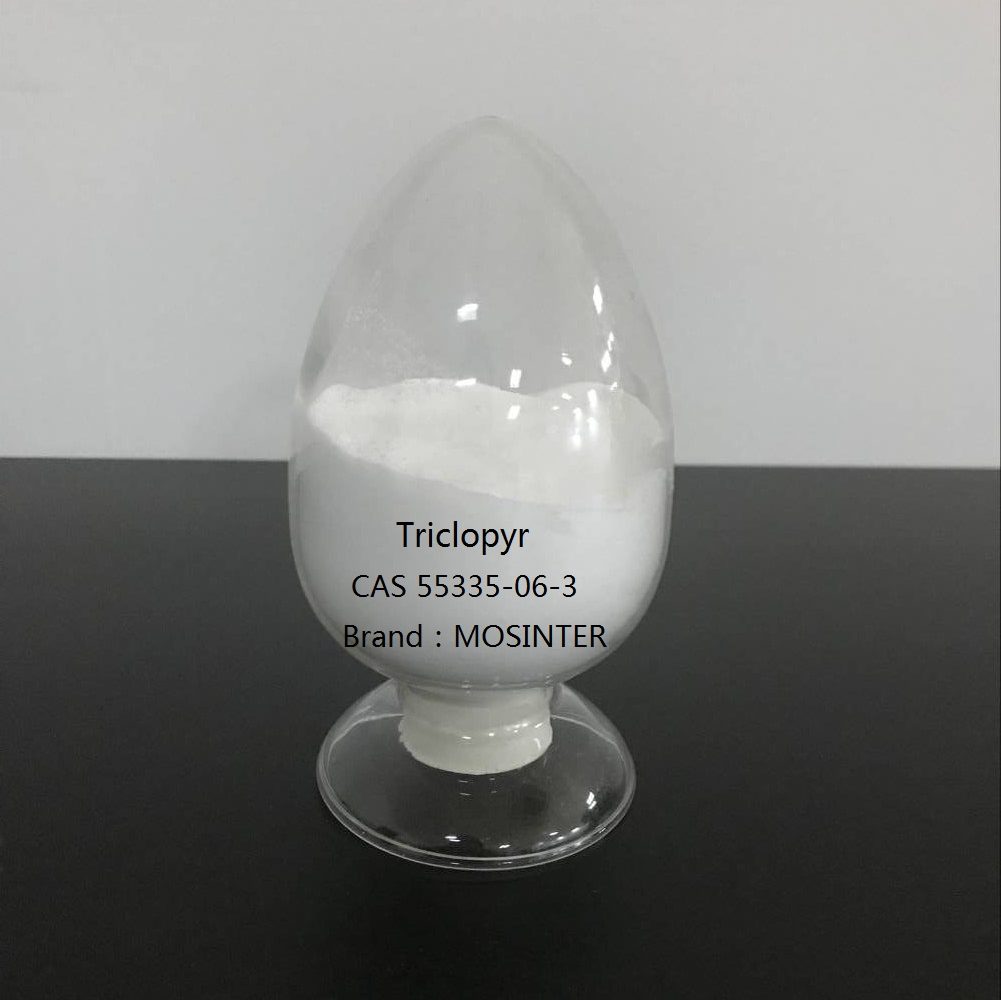
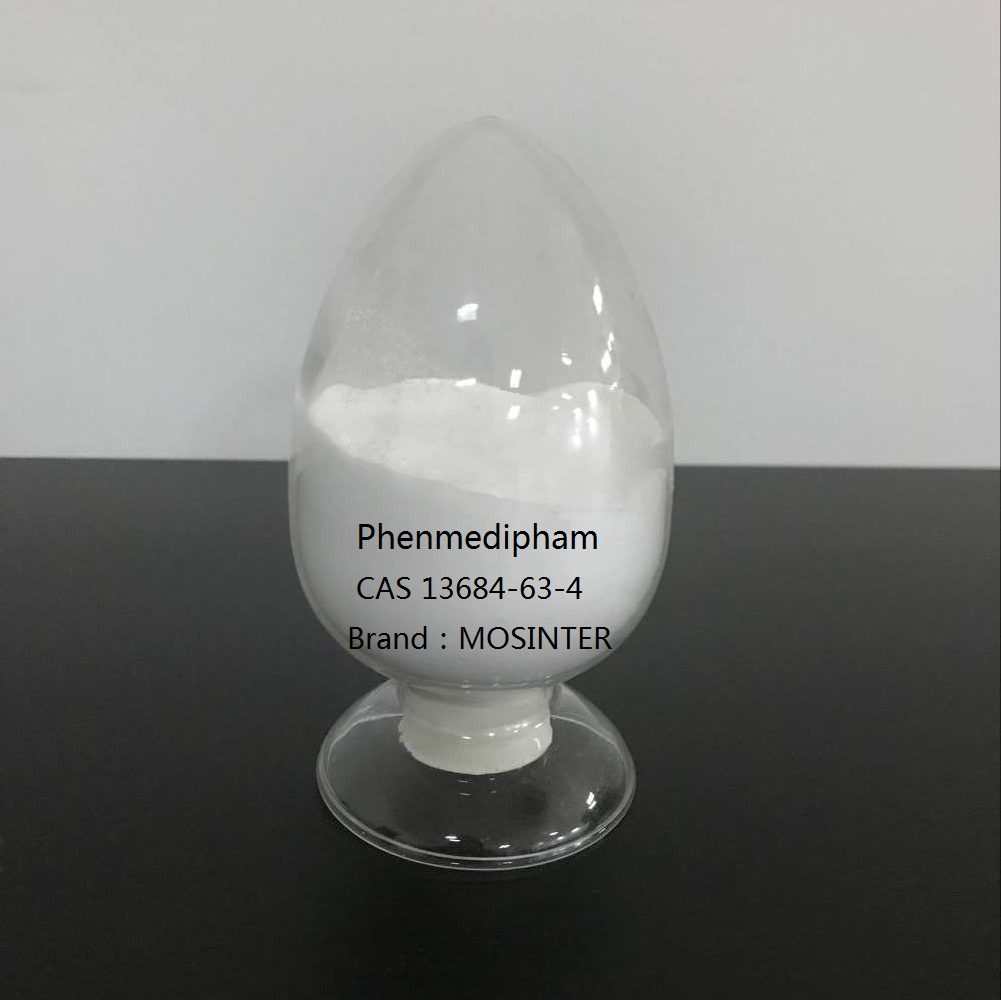
Reviews
There are no reviews yet.